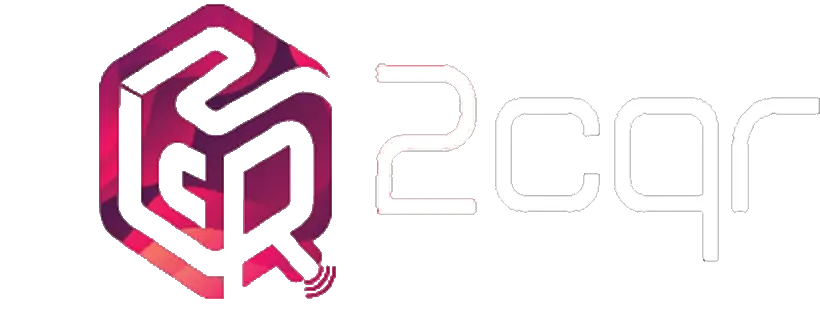Understanding UHF RFID :
UHF ( Ultra High Frequency) RFID operates within the frequency range of 860 to 960 MHz, providing longer read ranges compared to other RFID frequencies. This extended range makes UHF RFID ideal for large-scale applications such as libraries. UHF RFID systems consist of three main components: tags, readers, and antennas.
UHF RFID Tags :
UHF RFID tags are small electronic devices containing a microchip and an antenna. These tags can be passive, semi-passive, or active. Passive tags, the most commonly used in libraries, do not have an internal power source and rely on energy from the RFID reader for operation. UHF RFID tags can store unique identifiers and additional metadata related to library items.

UHF RFID Readers :
UHF RFID readers emit radio waves and communicate wirelessly with RFID tags. They capture data from tags within their read range and transmit this information to library management systems. UHF RFID readers can be stationary or handheld, providing flexibility in deployment. They are typically installed at strategic locations of the library, such as staff stations, self-checkout stations, and intelligent shelves.
UHF RFID Gates :
UHF RFID gates are installed at library entrances and exits to detect tagged items passing through. These gates consist of antennas connected to RFID readers, which continuously scan for tags in their vicinity. When a tagged item moves past the gate, the reader detects the tag's presence and triggers an alarm if the item has not been properly checked out. UHF RFID gates enhance library security by preventing theft and unauthorized removal of materials.
Basic working of an UHF RFID system in a library
- UHF RFID tags with unique identifiers are attached to library materials.
- RFID readers emit radio waves, energizing tags to transmit data.
- Captured data is sent to the library management system for processing.
- Thus this technology facilitates efficient circulation processes and inventory audits.
- UHF RFID gates at entrances enhance security by detecting unauthorized item removal and alerting the librarian
- Integration with library systems ensures real-time access to data, empowering librarians to make informed decisions regarding inventory management, circulation, and patron services. This includes monitoring the most issued books, tracking returned items, and analyzing other relevant metrics to optimize library operations and enhance user experience.
Benefits of UHF RFID in Libraries :
-
Extended Read Range :
UHF RFID technology offers a significantly extended read range compared to other RFID frequencies. This extended range allows librarians to conduct inventory audits and locate items efficiently, even in libraries with large collections or complex layouts. The ability to scan multiple items simultaneously from a distance enhances productivity and reduces manual labor, making UHF RFID ideal for streamlining library operations.
-
High Throughput :
UHF RFID systems are capable of processing a high volume of tag reads in a short period, making them well-suited for high-traffic environments such as libraries. Whether during peak circulation periods or inventory audits, UHF RFID readers can quickly capture tag data from multiple items, minimizing wait times for patrons and optimizing workflow efficiency for library staff.
-
Cost-Effectiveness :
UHF RFID tags are relatively inexpensive to produce and deploy, making them a cost-effective solution for libraries of all sizes. Compared to traditional barcode systems, which require line-of-sight scanning and manual handling, UHF RFID offers greater flexibility and efficiency at a comparable or lower cost. The scalability of UHF RFID technology also allows libraries to expand their RFID infrastructure as needed without significant upfront investment.
-
Compatibility with Library Materials :
UHF RFID tags are available in a variety of form factors and materials, making them compatible with a wide range of library materials, including books, DVDs, CDs, and archival items. UHF RFID tags can be discreetly applied to library materials without affecting their appearance or usability, ensuring integration into existing library collections. This versatility makes UHF RFID suitable for libraries with diverse collections and preservation needs.
-
Durability :
UHF RFID tags are available in durable enclosures that can withstand the rigors of library handling and circulation. These tags are designed to endure frequent use, handling, and environmental conditions, ensuring longevity and reliability throughout the lifecycle of library materials.
-
Enhanced Security Features :
UHF RFID gates provide robust security features to protect library materials against theft and unauthorized removal. The extended read range of UHF RFID gates ensures comprehensive coverage of library entrances and exits, effectively deterring theft attempts. Additionally, UHF RFID gates can be configured to trigger alarms when tagged items pass through without proper checkout, alerting library staff to potential security breaches in real time. These advanced security features contribute to a safer and more secure library environment for patrons and staff alike.
-
Space Optimization :
By automating inventory management and circulation processes, UHF RFID helps libraries optimize space utilization and allocate resources more effectively. Libraries can repurpose staff time and physical space for additional services and programs.
-
Enhanced Patron Privacy :
UHF RFID technology enables libraries to implement privacy-enhancing features, such as encrypted data transmission and selective tag deactivation. These measures help protect patron privacy by safeguarding sensitive information stored on RFID tags and ensuring that only authorized personnel can access or modify library data.
-
Interoperability :
UHF RFID technology adheres to global standards, ensuring interoperability and compatibility with RFID systems deployed by other libraries, institutions, and vendors. This interoperability facilitates resource sharing, collaborative initiatives, and seamless integration with external systems, enhancing the overall efficiency and effectiveness of library operations.
Proven Implementation
UHF RFID technology has been successfully implemented by 2CQR at the district libraries of Trichy and Coimbatore. This implementation includes UHF RFID tags for books, staff stations equipped with UHF RFID readers, and UHF RFID gates installed at entry/ exit points. The successful deployment of UHF RFID technology in these libraries demonstrates its efficacy in real-world settings and underscores its potential to improve efficiency, security, and user experience in library operations.

